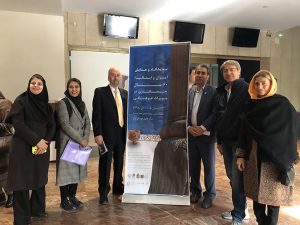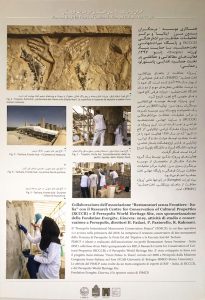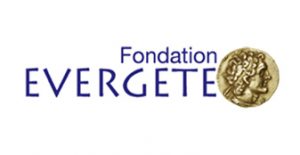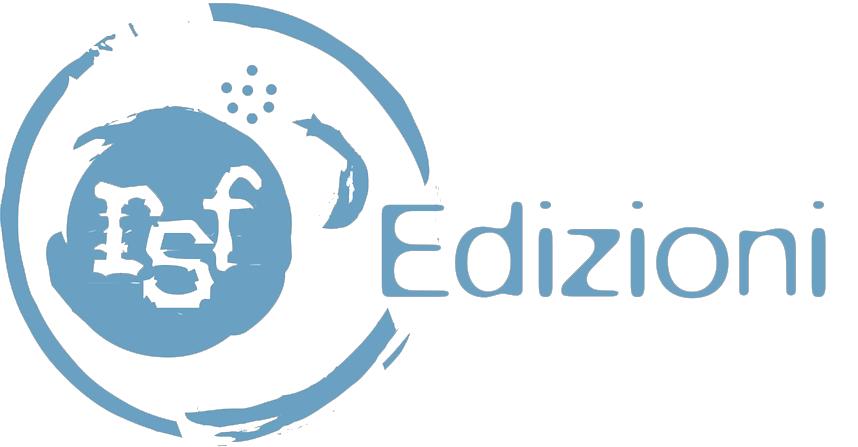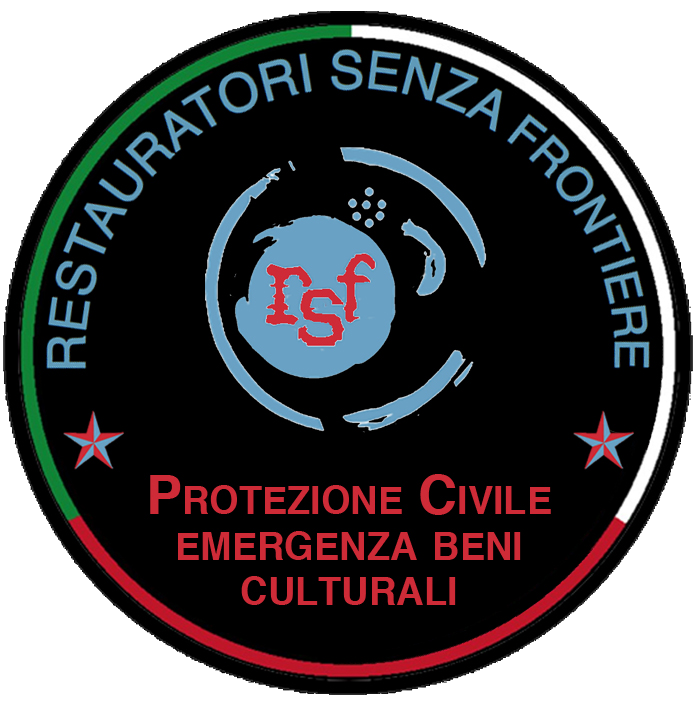SI E’CONCLUSO IL PMCP “Persepolis Monuments Conservation Project”

Le attività sul campo del Persepolis Monuments Conservation Project sono state portate a termine il giorno 16 novembre 2019, rispettando con precisione l’intenso programma prestabilito e con grande soddisfazione di tutti.
Il giorno successivo, in coincidenza con la conclusione del PIMCP, è stata inaugurata a Teheran, presso il National Museum of Iran, la mostra “Iran and Italy: 60 Years of Collaboration on Cultural Heritage”, evento che sottolinea e consolida, per noi in modo emblematico, il senso e le potenzialità della collaborazione tra esperti italiani e iraniani anche nel campo del restauro e della conservazione dei monumenti archeologici. Coincidenza emblematica, dicevamo, quasi a sottolineare che le cose non accadono mai per caso, che ha consentito di inserire un Posterdi RSF nella bellissima mostra organizzata dall‘ISMEO e dall‘Ambasciata d’Italia a Teheran in collaborazione con il Research Centre for Cultural Heritage and Tourism e il National Musem of Iran, e curata da Pierfrancesco Callieri, illustre archeologo, membro del nostro Comitato Scientifico e insostituibile promotore, insieme ad Alireza Askari Chaverdi (Università di Shiraz), del Persepolis Monuments Conservation Project (PIMCP).
Nella mostra, che riepiloga e divulga 60 anni di attività condotte in Iran dalle scuole archeologiche italiane, con importantissimi risultati scientifici, il nostro Poster, tra gli oltre 90 presentati, è soltanto un piccolo contributo, ma uno dei pochi (gli altri tre dell’ISCR) dedicati ad illustrare attività esclusivamente conservative, con un’impostazione decisamente innovativa in Iran.
La bella mostra e il convegno collegato all’inaugurazione, è stata anche l’occasione per incontrare le autorità ai vertici delle istituzioni preposte alla tutela dei Beni Culturali in Iran e di condividere e approfondire insieme i risultati del PIMCP, discutere le diverse opinioni e i possibili futuri sviluppi della collaborazione tra Italia e Iran per la conservazione del Patrimonio Culturale di Persepolis ed eventualmente di altri siti archeologici.
I risultati del PIMCP sono sotto gli occhi di tutti, il ché dimostra che la cooperazione e la condivisione delle esperienze può dare grandi soddisfazioni. La via è segnata, mostrando la direzione verso un futuro che la collaborazione internazionale tra Iran, Italia e Svizzera (come sponsor unico attraverso Fondation Evergète – Genève) indica chiaramente e che, come qualcuno ha suggerito, sembra essere una “piccola rivoluzione“, per la quale gli interventi ricostruttivi tradizionalmente realizzati a Persepolis evolvono verso attività di ricerca, consolidamento, protezione e manutenzione.
Nei discorsi di apertura della conferenza, in particolare l’intervento dell’Ambasciatore italiano Giuseppe Perrone e del Dr. Mohammad Hossein Talebian (Deputy Director of Iran Cultural Heritage), è stata sottolineata, infatti, l’importanza del restauro conservativo nei siti archeologici iraniani e, in seguito, è stata nuovamente sottolineata negli incontri privati tra la delegazione di RSF e lo stesso Dr. Talebian e, poi, con il Dr. Behrouz Omrani, Direttore del RICHT(Research Institute for Cultural Heritage and Tourism), con il Direttore del RCCCR, Dr. Reza Rahmani (Research Center for Conservation of Cultural Relics), e il Dr. Hamid Fadaei, Direttore del World Heritage Persepolis Site, alla presenza della Dr.ssa Monir Khoghi, Responsabile degli affari internazionali e legali del RICHT. Da questo punto di vista, l’intervento di RSF porta, in Iran, come si è detto, un’importante innovazione, che suggerisce di incanalare energie e finanziamenti nella direzione della conservazione e della manutenzione programmata, piuttosto che in quella del “restauro“, tradizionalmente inteso soprattutto come anastilosi reintegrativa.
A Persepolis, attraverso le attività condotte nell’ambito del PIMCP, i gravi danni rilevati sulle superfici del Tripylon e del Tachara, sono stati riparati in profondità e le condizioni generali delle superfici lapidee dei due monumenti fortemente migliorate attraverso una serie di trattamenti di consolidamento, che saranno accuratamente descritti nella Relazione Finale.
I risultati, molto proficui, raggiunti sul campo e durante gli incontri con le Autorità responsabili della tutela del patrimonio culturale iraniano, alimentano, per l’apprezzamento generale, la speranza di continuare la collaborazione con altri interventi a Persepolis.
Con la realizzazione di questo importante progetto internazionale, RSF dimostra oggi che lavorare insieme con impegno su ideali comuni, condivisibili da tutte le nazioni e dal genere umano in quanto tale, trovando insieme strade per giungere a traguardi ambiti da tutti, con l’insostituibile contributo di grandi mecenati come Fondation Evergète (sponsor unico del PIMCP) è possibile, nel nome della cooperazione e dell’amicizia tra i popoli.
Colgo l’occasione, in attesa della conferenza finale prevista per la primavera del 2020 a Persepolis, per ringraziare ancora una volta personalmente e a nome di tutto il Consiglio Direttivo di RSF e del Team Operativo di Restauratori Senza Frontiere – Italia tutte le Autorità iraniane e le persone che hanno contribuito a raggiungere l’obiettivo comune di approfondire metodi e condividere conoscenze per la conservazione del grande patrimonio mondiale di Persepolis.
Paolo Pastorello – Presidente di RSFItalia
The field activities of the Persepolis Monuments Conservation Projecthave been completed on November 16, 2019, in accordance with the precise scheduled programme and to the great satisfaction of all.
The following day, coinciding with the conclusion of the PIMCP, the exhibition “Iran and Italy: 60 Years of Collaboration on Cultural Heritage” was inaugurated in Tehran, at the National Museum of Iran; an event that underlines and consolidates, for us in an emblematic way, the sense and potential of collaboration between Italian and Iranian experts also in the field of conservation of archaeological monuments. An emblematic coincidence, we said, as if to underline that things never happen by chance, which allowed us to include an RSF Posteron the PIMCP activities, in the beautiful exhibition curated by Prof. Pierfrancesco Callieri, an eminent archaeologist, member of our Scientific Committee and irreplaceable promoter, together with Prof. Alireza Askari Chaverdi (University of Shiraz) of the Persepolis Monuments Conservation Project (PIMCP).
In the exhibition, which summarizes and disseminates 60 years of activities conducted in Iran by Italian archaeological schools, with very important scientific results, our Poster, among the more than 90 presented, is only a small contribution, but one of the few (the other three by the ISCR) dedicated to illustrate exclusively conservative activities, with a decidedly innovative approach in Iran.
The beautiful display and the conference connected to the exhibition’s inauguration, was also an opportunity to meet the authorities at the top of the institutions responsible for the protection of cultural heritage in Iran and to share together and to deepen the results of the PIMCP, to discuss the different opinions and possible future developments of the collaboration between Italy and Iran for the conservation of the World Heritage Persepolis Site and, possibly, of other archaeological sites.
The results of the PIMCP are under everybody’s eyes, showing that cooperation and experience sharing can give great satisfaction. The path is outlined, showing the direction towards a future that the international collaboration between Iran, Italy and Switzerland (as the unique sponsor through Fondation Evergète – Genève), clearly discloses and that, as somebody suggested, seems to be a “little revolution”,for which the reconstructive interventions traditionally carried out in Persepolis evolve towards activities of research, consolidation, protection and maintenance.
In the opening discourses of the conference, especially the speech by the Italian Ambassador Giuseppe Perrone and the Deputy Director of Iran Cultural Heritage, Dr. Mohammad Hossein Talebian, the importance of conservative restoration in the Iranian archaeological sites was stressed, and, later on, again outlined in the private meetings between the RSF delegation with Dr. Talebian himself and, then, with Dr. Behrouz Omrani, Director of RICHT (Research Institute for Cultural Heritage and Tourism), with the RCCCR Director, Dr. Reza Rahmani (Research Center for Conservation of Cultural Relics), and Dr. Hamid Fadaei, Director of the World Heritage Persepolis Site, at the presence of Dr. Monir Khoghi, Manager of International and Legal Affairs of RICHT. From this point of view, RSF’s intervention brings, in Iran, as we have already mentioned, an important innovation, which suggests channeling energy and funding in the direction of conservation and planned maintenance, rather than in that of “restoration“, traditionally assumed, above all, as reintegrative anastylosis.
In Persepolis, through the activities carried out within the framework of the PIMCP, the severe damages detected on the surfaces of the Tripylon and of the Tachara, have been deeply repaired and the general conditions of the monuments surfaces strongly enhanced through a series of consolidation treatments that will be accurately described in the Final Report.
The very fruitful results achieved on the field and during the meetings with the Authorities responsible for the protection of the Iranian Cultural Heritage, nourish, for the general appreciation, the hope of continuing the collaboration with other interventions in Persepolis.
With the realization of this important international project, RSF demonstrates today that working together with commitment on common ideals, shared by all nations and by mankind as such, finding ways together to achieve goals for which everyone aspires, with the irreplaceable contribution of great patrons such as Fondation Evergète (sole sponsor of the PIMCP) is possible, in the name of cooperation and friendship between nations.
I take this opportunity, pending the final conference scheduled for spring 2020 in Persepolis, to thank once again personally and on behalf of the entire Board of RSF and the Operational Team of Restorers Senza Frontiere – Italia, all the Iranian authorities and people who have contributed to achieving the common goal of deepening methods and sharing knowledge for the preservation of the great world heritage of Persepolis
Paolo Pastorello – President of RSFItalia
Le foto qui sotto
nella foto di gruppo: a sx del manifesto, Prof. Adriano Rossi, Dir. dell’IsMEO, capo di tutte le missioni archeologiche italiane in Iran (e all’estero in genere), a dx Dr. Jebrael Nokandeh, dir del Museo Nazionale dell’Iran”
Di seguito il Poster di RSF esposto nella Mostra “Iran and Italy: 60 Years of Collaboration on Cultural Heritage”.



